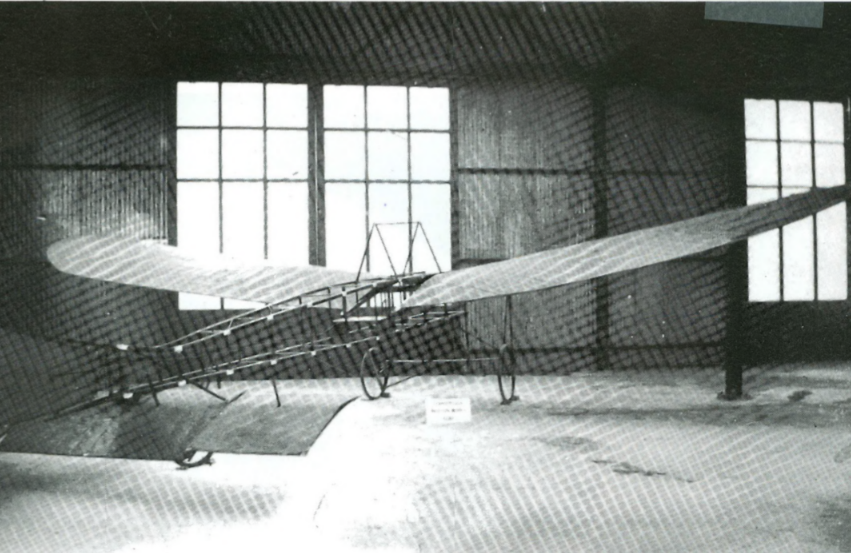


FARNBOROUGH AVIATION WORKS
Whenever the name of Farnborough is mentioned in aviation circles it is nowadays automatically assumed that the 'other' Farnborough down in Hampshire is the locality concerned. This, however, has not always been the case as in 1910 the Farnborough Aviation Works flourished on the corner of Hilda Vale Road and Sevenoaks Road, where Mr C.H. Alderson of Cumberland Lodge built many items.
 |
 |
In 1910 he constructed a Candeler-Stella monoplane known as the ‘Monofoil’ to the design of Mr H. A. Wagstal Candeler of London, and Mr Alderson had to work with difficulty from a none too clear sketch and no model. It is reported that by his skill he produced a wonderfully symmetrical looking flying machine. The machine had two front planes or aerofoils (wings!) of 26 foot span by 6 foot fore and aft, and a tail of 12 foot span by 2 foot fore and aft, and was built with a light frame of wood, some sheets of canvas and many, many wires and struts to give it stability and a final weight of less than 250 lbs. without a motor or pilot.
The design was very complex as in one wing alone there were over 1,000 pieces of wood, and in appearance the plane was similar to the type that Louis Bleriot used to make history with the first cross Channel flights on 25th July 1909. When the Candeler- Stella monoplane was finished Mr Alderson planned to build a bi-plane called the ‘Brae’.
Three years previously to this in 1907, Mr C. Alderson made a model of the first flying machine ever constructed, by William Stanley Henson. This plane was first made in 1843 but never flew successfully. The model was presented to the South Kensington Science Museum.
The Farnborough Aviation Works were still listed in a local directory in 1914 but unfortunately it is not known whether the Candeler-Stella plane ever flew as the only photographs do not show an engine fitted.
Incidentally this was not the only locally produced plane, as one was built at the old cricket ground, Knockholt, and two were produced separately at Bromley, one of which was flown twice for a short distance at Orpington by Malcolm Campbell of motor racing fame. However this was unsatisfactory and it was disposed of to a local junk merchant for £5.00.
Mr Alderson died on 1st April, 1929, but even while he was in business as a horticultural nurseryman his main interest was aviation. At the time of his death he was working on the theory of Perpetual Motion. He is reported as the first man to cultivate blackberries.
During the 1914/18 War. He was a Sgt. Pilot in the R.A.F.C. and was gazetted for gallantry and distinguished service.
This article was first written for the December 1986 edition of the magazine of the
Bromley Borough Local History Society and is reproduced here with their permission.